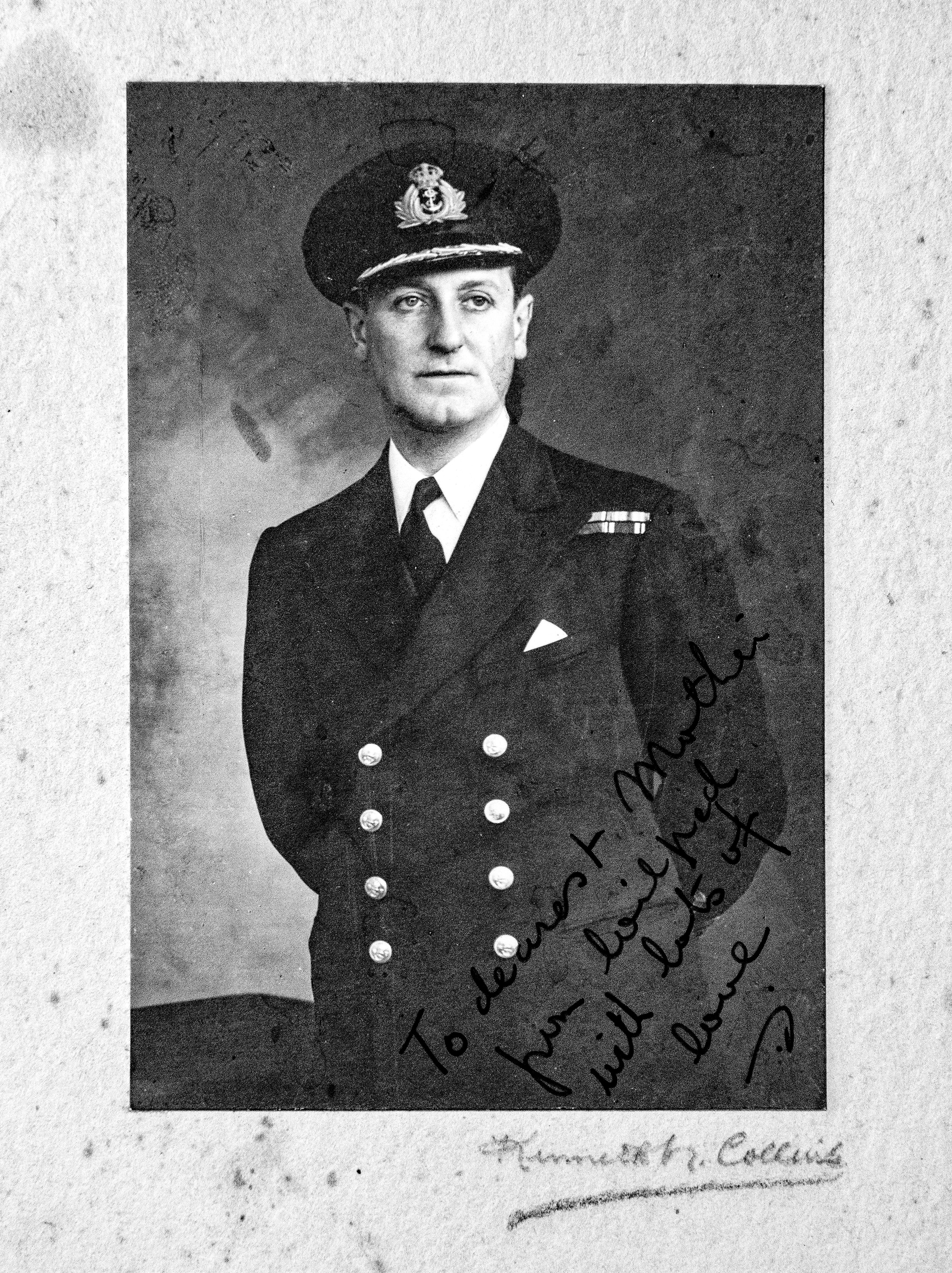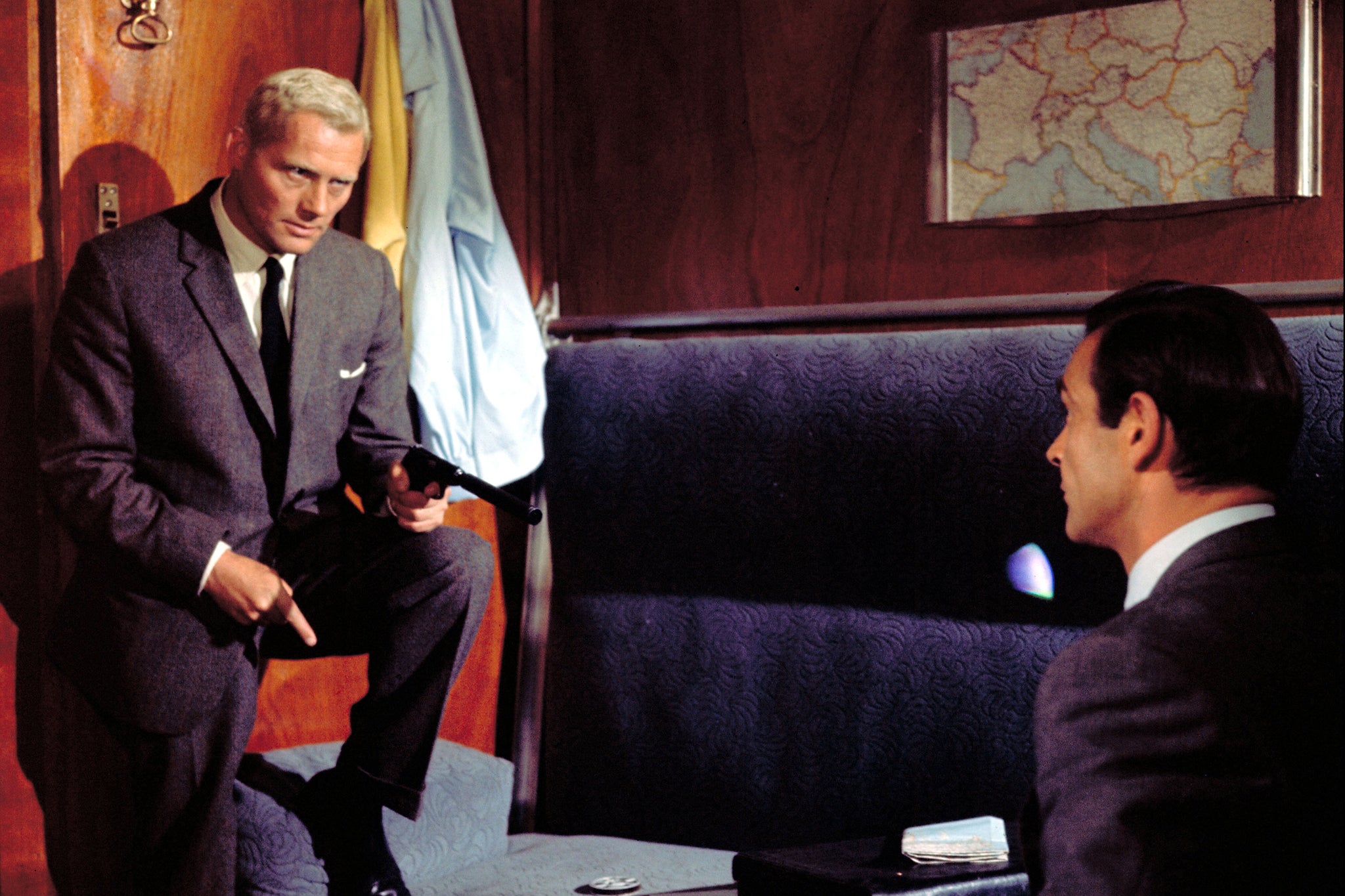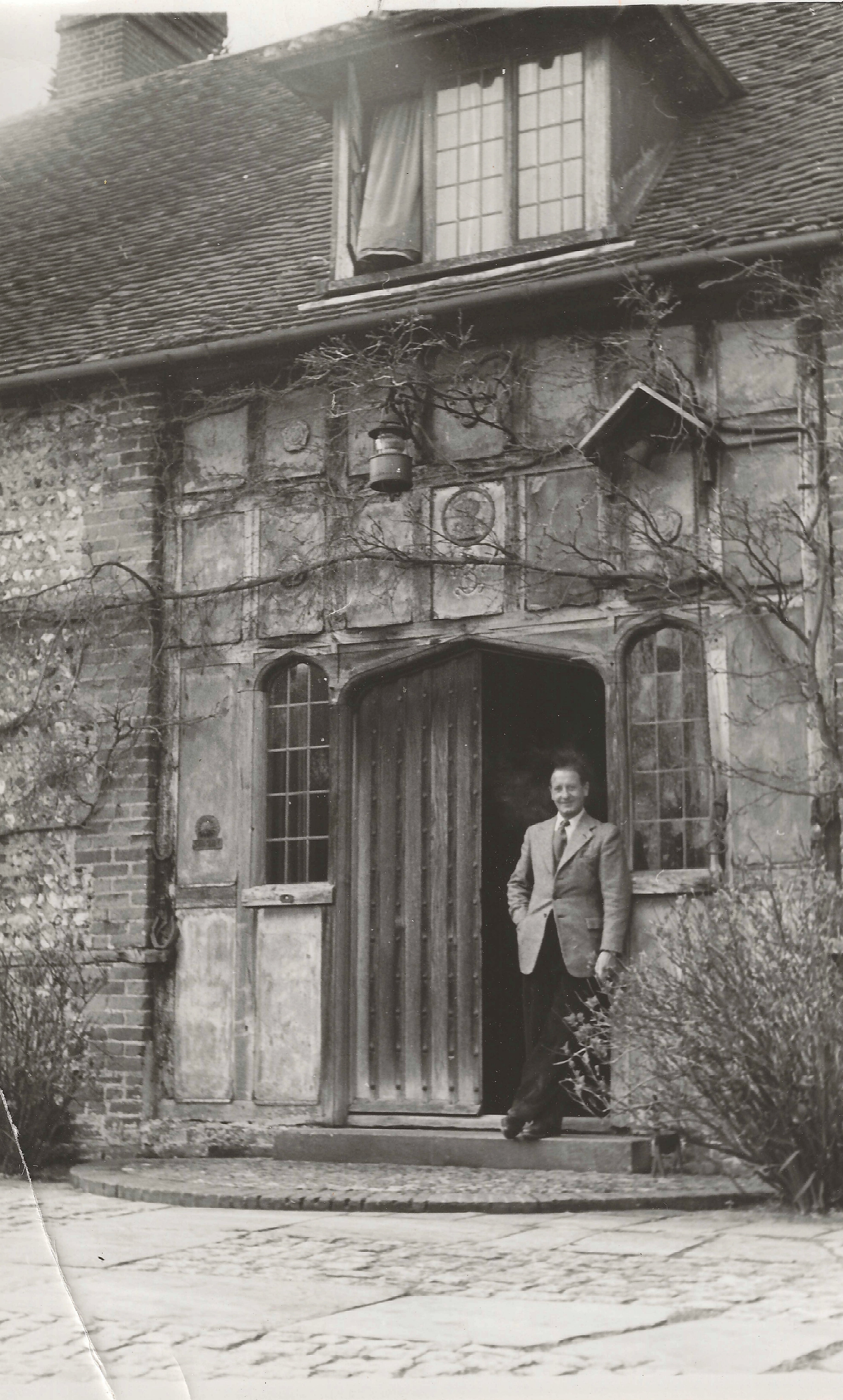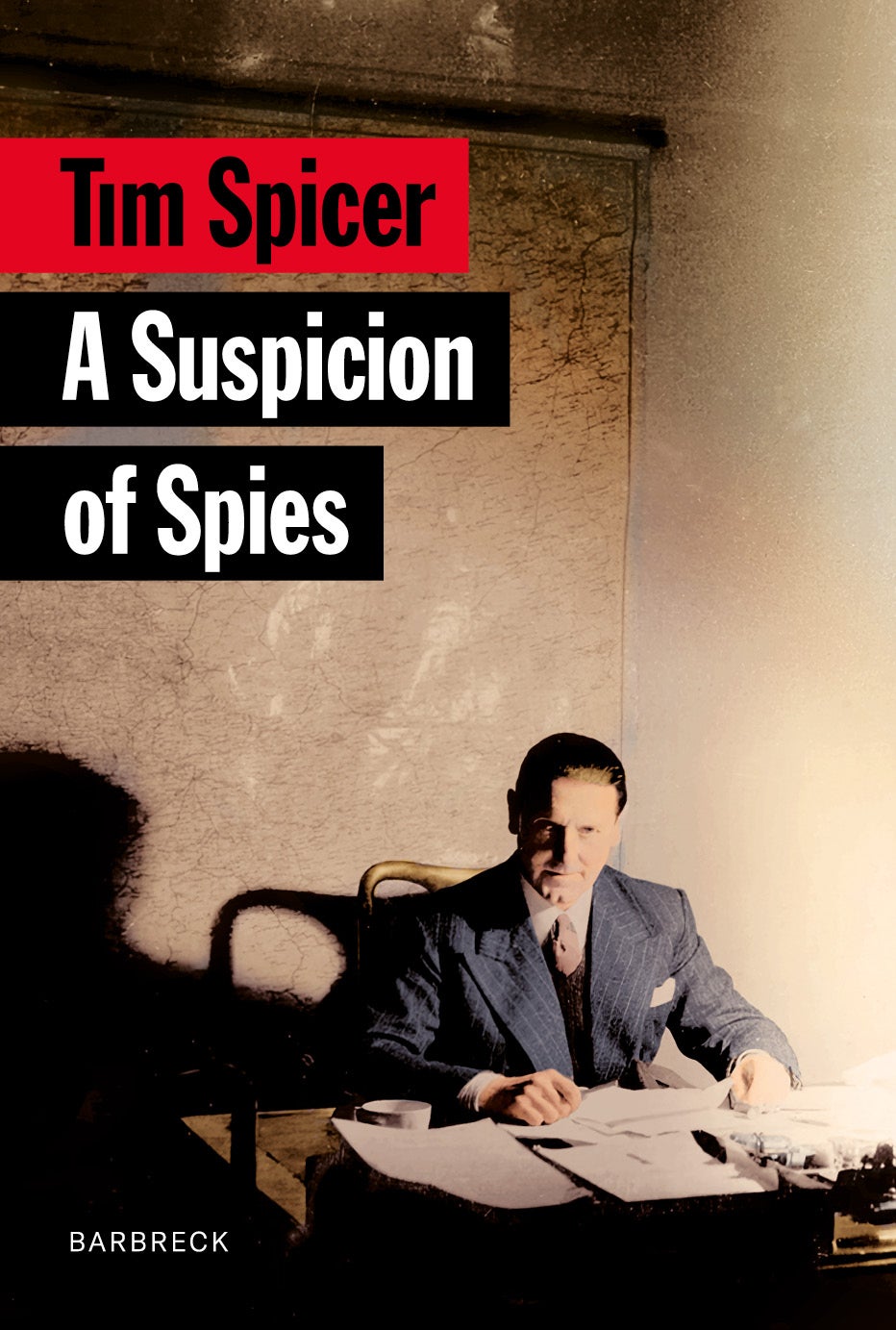The name’s Bond... ‘Biffy’ Bond? The real-life sailor, spy and friend of Ian Fleming who ‘inspired 007’
The Bond-like adventures of Biffy began in 1916 in Russia and appear straight from the pages of 007 thrillers

Your support helps us to tell the story
From reproductive rights to climate change to Big Tech, The Independent is on the ground when the story is developing. Whether it's investigating the financials of Elon Musk's pro-Trump PAC or producing our latest documentary, 'The A Word', which shines a light on the American women fighting for reproductive rights, we know how important it is to parse out the facts from the messaging.
At such a critical moment in US history, we need reporters on the ground. Your donation allows us to keep sending journalists to speak to both sides of the story.
The Independent is trusted by Americans across the entire political spectrum. And unlike many other quality news outlets, we choose not to lock Americans out of our reporting and analysis with paywalls. We believe quality journalism should be available to everyone, paid for by those who can afford it.
Your support makes all the difference.“The name is Dunderdale, ‘Biffy’ Wilfred Dunderdale,” doesn’t quite have the same steely ring as “Bond, James Bond”, but a new book suggests that 007 was based on this improbably named sailor, spy and best friend of Ian Fleming.
The claims are made in a biography of Wilfred Dunderdale by Colonel Tim Spicer, a veteran British army soldier and adventurer who once led the biggest private army in Iraq, Yemen, Somalia and Sierra Leone.
“Biffy was a gentleman sailor, brave, eccentric and at the centre of international spy-craft, it makes him the perfect role model for 007,” said Spicer, who spent three years researching this unsung hero for his book, A Suspicion of Spies, published this week.
The absurd nickname Biffy stems from his fast right hook, perfected in the waterfront bars of Odessa, where he was born. He became a close friend of Ian Fleming and they remained in touch for almost 25 years until the novelist’s death in 1964.
As a spy, he led a colourful life with glorious Bond-like glamour and danger, allegedly driving around Paris in an armoured Rolls Royce and paying off British women in the sultan of Constantinople’s Harem with gold sovereigns before finding an escape route for them in a naval cruiser.


Born in 1899, he joined the British Secret Service in 1921 and headed the Paris station five years later, eventually playing a key role as an intelligence officer during the Second World War.
Fleming hints that Bond was based on people he knew. “My plots are fantastic, but [the] whole idea is based on truth and everything I write has a precedent in truth,” he wrote.
Circumstantial evidence that Biffy helped the Bond author can be seen in a copy of Diamonds are Forever inscribed: “To Bill, who has helped me with the next one, with affection from Ian”. That next book was From Russia with Love.

Fleming confirmed that much of the information for that book about the Soviet spy network came from a Colonel Grigori Tokaev – crucially this defector was handled by Biffy.
An attempt to kill Bond on the Orient Express was based on the death of Captain Eugene Karpe, a US naval attaché, who was pushed from the Arlberg Express in 1950. Biffy would have known how Karpe had to leave Romania in a hurry after exposing a blown US network in Russia. A Romanian agent later admitted to murdering him on the orders of Russia.
Part of the circumstantial evidence for Biffy being Bond is a gun used by Red Grant, the Spectre spy in From Russia with Love. It was based on a KGB cigarette case developed for the assassinations carried out by the Russian Nikolai Khoklov who defected to the US in 1954.

There is no conclusive proof that Biffy was the only model for Bond, but like Bond, he certainly was a bon viveur who dressed immaculately, enjoyed champagne and was a connoisseur of vodka. It is not clear if he liked his martinis shaken but not stirred, but he did drink dry martinis at the bar of the Hotel George V in Paris. He also shared his enjoyment of smoking Turkish cigarettes, using a long black ivory cigarette holder. Bond had three gold bands embossed on each cigarette, an embellishment differing from Biffy’s.
The Bond-like adventures of Biffy began in 1916 in Russia and appear straight from the pages of the 007 thrillers. The 17-year-old worked for his father, taking submarines from Vladivostok to St Petersburg for the Russian Imperial Navy. He took a submarine out for sea trials and after spotting some German ships, he gave the order to attack and sink four.
On returning to Kronstadt, breaking free from an anti-submarine net with just 30 minutes of oxygen left, he opens the hatch to find every gun in the port facing him and his crew. Fluent in Russian, he quickly defuses the situation. For this action, he is awarded by Tsar Nicholas II the Order of St. Stanislav and the Order of St. Anne, imperial Russia’s highest knighthood for military valour and ‘bravery in battle’.

Aged 18, he was engaged by British Naval Intelligence as an interpreter on account of his language skills – English, Russian, French, Polish and German. He would soon grow into a buccaneering member of the British Secret Intelligence Service in a career spanning forty years which Biffy described as “40 years of licensed thuggery.”
Biffy appears in over 60 books and websites, but no one has ever written his life story. “He was rather like a ghost one knew was there, but the apparition never stood still long enough for a clear view,” says Spicer, adding, “he was an extraordinary man – suave, sophisticated, genial and rich but also a ruthless and effective spymaster in a career that spanned the Russian Revolution to the Cold War and beyond. Certainly, the action and intrigue in his life could be taken straight from the pages of From Russia with Love, for which Biffy acted as a ‘consultant’.”
The historian Andrew Roberts gives a ringing endorsement to this Bond-buster, stating, “With trained assassins, aliases, rendezvous, booby-trapped safes, messenger pigeons, clandestine air-drops, brothels, and Gestapo raids at dawn, this book reads like a terrific movie script, but every word of it is true.”
Join our commenting forum
Join thought-provoking conversations, follow other Independent readers and see their replies
Comments